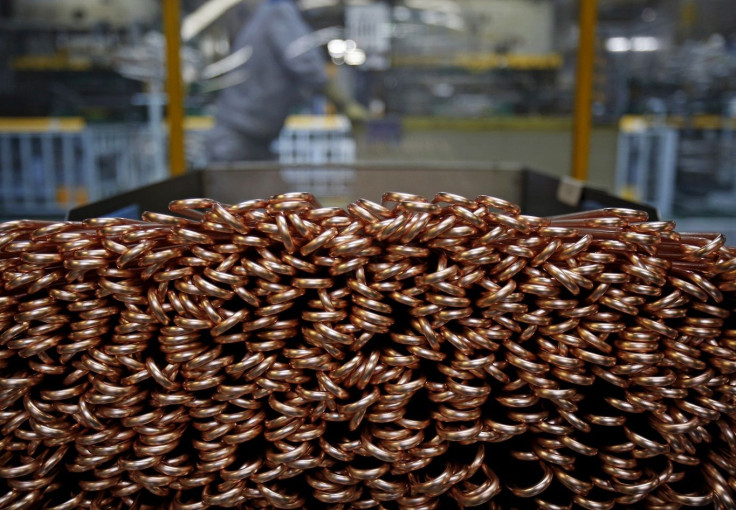Copper Giants Gear for Price Recovery

The global copper industry is currently working around a predicament involving the rising of its price. A heated debate between different sectors makes the problem more puzzling for copper giants as they toss ideas on when the price will start to bounce back.
Low copper prices present a huge setback for investment and funding, and it is starting to affect the developments of copper projects. Planning and development on current projects are being set aside, with mining executives focusing on providing solutions for other concerns such as cost cutting and productivity boosts. The weakening Chinese demand is also an issue, since it affects global commodity prices.
Copper bigwigs such as Chilean copper giant Codelco and London’s Rio Tinto believe that the demand will not exceed the supply until 2018 because of sluggish demand. However, Citi firmly thinks that the demand will rise in 2016 since new projects are emptying its pipelines.
Piotr Ortonowski, CRU’s analyst, said that new projects might keep failing. “The real concern is that under the current project development environment we may see projects failing to keep pace with copper demand altogether,” said Ortonowski in a report by Financial Times.
“For most major mining companies, the focus has shifted away from long-term production growth, a strategy that exemplified the 2000s, towards existing asset portfolio optimisation,” added Ortonowski in the same report.
Four years ago, the metals industry was at its peak, with ores priced at US$10,000 [$12,800] per tonne. On January this year, the London Metal Exchange experienced a five-year price low at US$5,340 a ton. This week, the price keeps on fluctuating at a slow pace at US$6,000 per ton.
Research companies focusing on the industry is still blaming China behind the slow growth of the industry. “The reason is China. It’s a huge net exporter of aluminium and steel, and a huge net importer of copper,” said Charles Bradford, head of Bradford Research Inc., in a report by The Wall Street Journal. Bradford continued that in the last decade, the high Chinese demand kept the metals industry in an all-time high, and as long as the demand from the Asian giant lessens, it’s most likely that there will be an oversupply.
While the current global pipeline of copper continues to be in question, an exploration company in the Amur Oblast region in the Russian Far East still aims to pursue in unearthing large amounts of copper. Amur Minerals Corporation (OTC: AMMCF) is on its way to producing 67 million tonnes containing an average 0.18 copper. Since Amur Minerals is still awaiting the approval of Russian Prime Minister Dmitry Medvedev for its mining license, the company is focusing on completing internal studies before moving forward into being a production company.
To contact the writer: a.lu@ibtimes.com.au





















